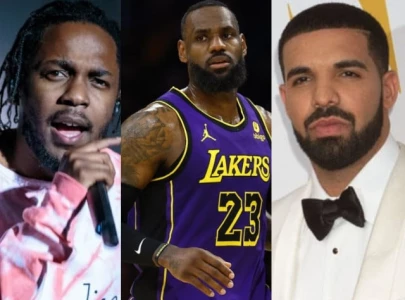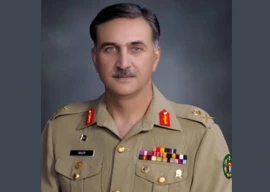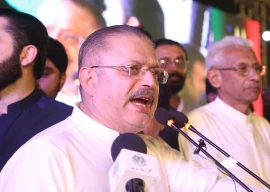
Social media is an important arena of political competition around the world. It not only enables politicians to reach out to the voters but also provides a platform for them to connect and make the common man feel more heard.
Pakistani political parties relied on traditional means of communication i.e., television and print media, but the rapidly growing influence of social media prompted political parties in Pakistan to use it as a weapon in building a strong narrative and reaching out to masses. Frequently, politicians and prominent participants of Pakistan’s political circle indulge in online debates, rifts and involve their respective supporters in doing so.
While Pakistan is still far behind in using social media in the democratic process compared to the developed countries, it still is going through its revolution which was first initiated by Imran Khan’s Pakistan Tehreek-e-Insaf (PTI). When the political imbroglio erupted followed by the ousting of Imran khan, masses turned their eyes towards social media to get rapid, raw and unfiltered information regarding the existing political scenario. This was a consequence of the brand PTI had built on social media platforms. Irrefutably, PTI’s social media presence changed Imran Khan’s dwindling popularity.
Inevitably, other political parties had to catch up on the race of social media politics. Pakistan People’s Party (PPP) has a peculiar standing as it plays a critical role in the opposition. The party has been a formidable actor in Pakistani politics and currently with the party chairperson as the Foreign Minister of Pakistan and a frontrunner for the PM-ship, the communication wing is playing its part in disseminating its party narrative and strengthening the trust with the voter base. PPP’s media cell promptly keeps the users updated with the foreign minister’s activities. In the recent appearances Bilawal Bhutto has made on international forums representing Pakistan, his blunt statements defending Pakistan, calling out UN’s hypocrisy, condemning Islamophobia and criticizing Taliban’s harsh policies have cemented his position as a leader of the new generation.
Read more: Fake tweets, bots and molding narratives: A look into Pakistani Twitter
In January 2023, Pakistan Muslim League Nawaz (PML-N) Senior Vice-President Maryam Nawaz directed party officials to expand the social media team. PML-N still falls behind PTI in convincing the voter base and the prevailing economic crisis is only making it worse. The party leader Nawaz Sharif’s Twitter account was not even verified up till last year that reflects how far behind PML-N’S social media presence is. In contrast, PTI’s official account, office holders as well as city accounts are verified ensuring the authenticity of channel of information. Since PML-N is still lagging while trying to survive in the economic crisis, the representatives have resorted to social media and are playing politics of hate on social battlegrounds.
In addition, an often overlooked but a key role is played by religious parties who have been quick to utilize social media. For instance, Jamaat-e-Islami’s social media campaign for the Karachi local government elections which frightened PPP as well. JI’s Karachi chief Hafiz Naeem appeared on famous podcasts, in conversations with influencers and ran a social media campaign for the elections cementing his position as a crucial player in Karachi politics.
As times passes and the general elections are drawing near, the political parties will continue their political wars on social media grounds. It is pertinent that PTI has implemented social media policies affectively and PPP has built its narrative smoothly transferring its image from the predecessor Bhuttos to Bilawal Bhutto as the “leader of youth”, however, PML-N under Maryam Nawaz’s mystifying methodologies shows signs of disaster for the ruling party. In the race of future leadership, Bilawal might end up with a victory over Maryam Nawaz.




1730360426-0/Menendez-Brothers-(2)1730360426-0-165x106.webp)






















COMMENTS (8)
Comments are moderated and generally will be posted if they are on-topic and not abusive.
For more information, please see our Comments FAQ